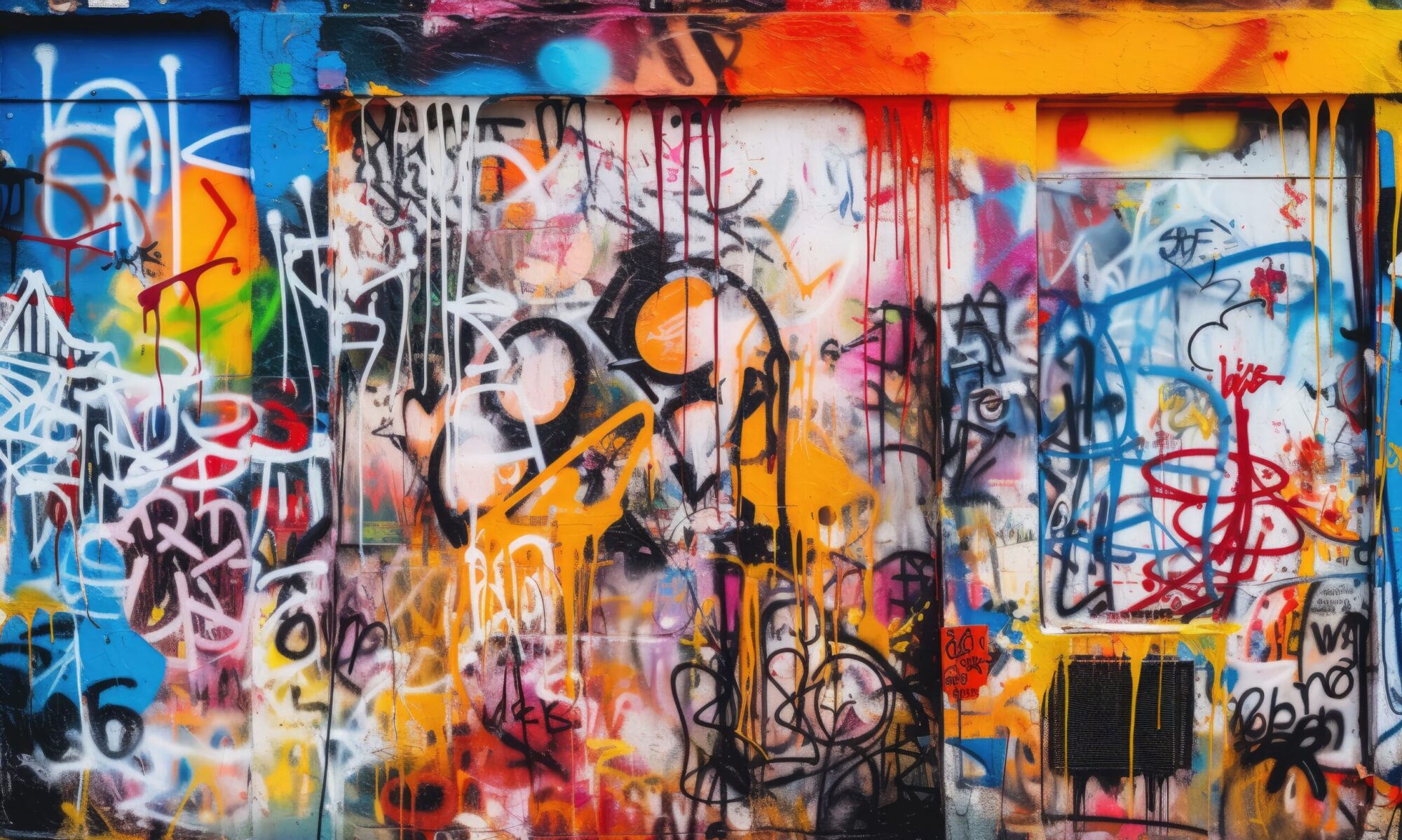This is the latest post in a series announcing resources created for the Scholarly Communication Notebook, or SCN. The SCN is a hub of open teaching and learning content on scholcomm topics that is both a complement to an open book-level introduction to scholarly communication librarianship and a disciplinary and course community for inclusively sharing models and practices. IMLS funded the SCN in 2019, permitting us to pay creators for their labor while building a solid initial collection. These works are the result of one of three calls for proposals (our first CFP was issued in fall 2020; the second in late spring ‘21, and the third in late fall 2021). A recently released Summer 2023 project report provides more context.
Today we’re excited to share “Introduction to the Library’s Institutional Repository for Scholarly Communications” (available via Pressbooks and in the SCN OER Commons Hub). This work was created by Dr. Jennifer Beamer and Sumayyah Jewell. Institutional repositories, or IRs, are at an interesting point in their development and use. Here is Jennifer to introduce their work:
In 2020, Jennifer and Sumayyah began refreshing the nearly 10-year-old institutional repository at the Claremont Colleges Library. Our goal was to start creating documentation about the foundational concepts that we wanted our colleagues to know about. As we were both strong advocates of new and soon-to-be librarians we talked many times about how learning about repositories in library school would be a great idea. So we created a simple guide of how institutional repositories operate within our library. We began documenting the actors and processes of the institutional repository while at the same time internally educating our staff, librarians, and leadership on how our campus’s students, faculty, and staff were interacting with the repository. There are four main areas we have addressed: Libraries and the Institutional Repository, Contents of the Library Repository, Labor and the Library Repository, and Organizations that Support the Library Institutional Repository. At the end of each chapter, there are a few brief questions for exploring and diving deeper into the content presented.
We chose to create a Pressbook in the hopes that we can add more content in the future and possibly case studies. We would love others to get in touch with us and give us feedback on our simple content to date. We realize that it’s a basic introduction for now. This resource is meant for librarians and library students – especially those who may be new to scholarly communication and or have no experience with institutional repositories. It presents how library workers are thinking as they undertake open-access publishing, manage institutional repositories, and assemble digital collections. The simplicity of the current version was well received internally. The feedback thus far has been that it is a good start and more content would be welcome. Please email Jennifer (jenniferb@claremont.edu) with any feedback.
About the Authors
Jennifer Beamer is the Head of Scholarly Communication and Open Publishing Services at The Claremont Colleges, a liberal arts college consortium comprised of seven colleges in Southern California. She believes in the library’s open publishing program by building collaborative relationships with partners from within the Library and across the campuses. Additionally, Jennifer provides leadership, outreach, and education on the scholarly communication ecosystem, including open access advocacy, open science practices, open educational resources, copyright and fair use, and research impact.
Sumayyah Jewell is the Digital Preservation Archivist at the Leonard Cohen Family Trust in Los Angeles, and a future Librarian. She is passionate about facilitating the discoverability and preservation of knowledge. Sumayyah’s areas of expertise include practical experience in reference, scholarly communications, digital asset and repository management, digital preservation, community archives, resource sharing, and open access scholarship.
